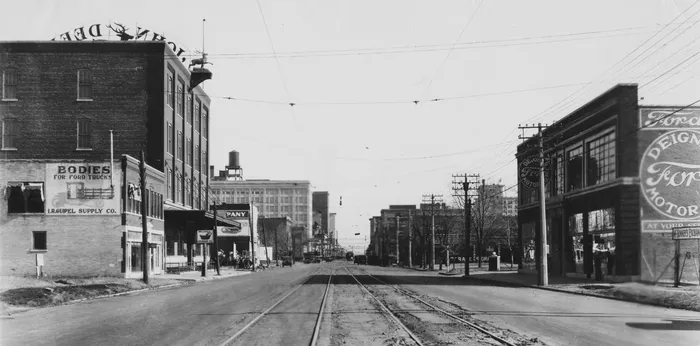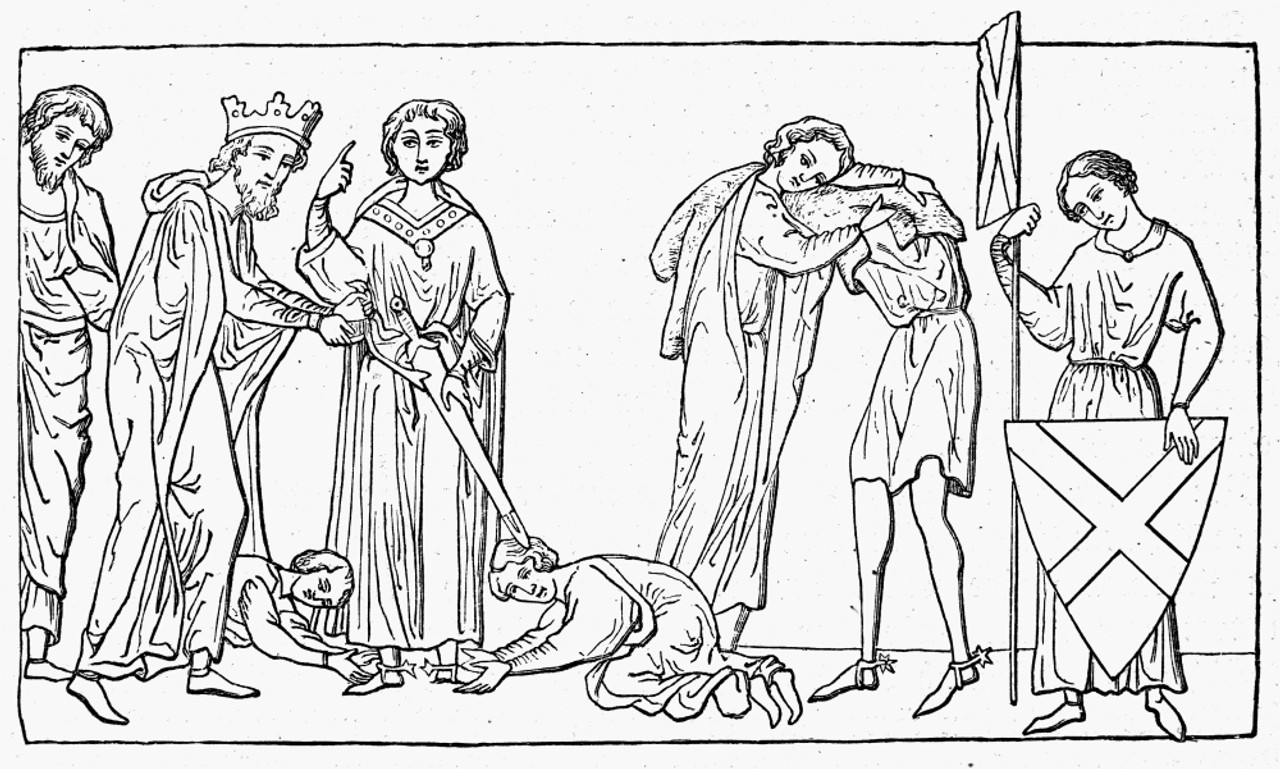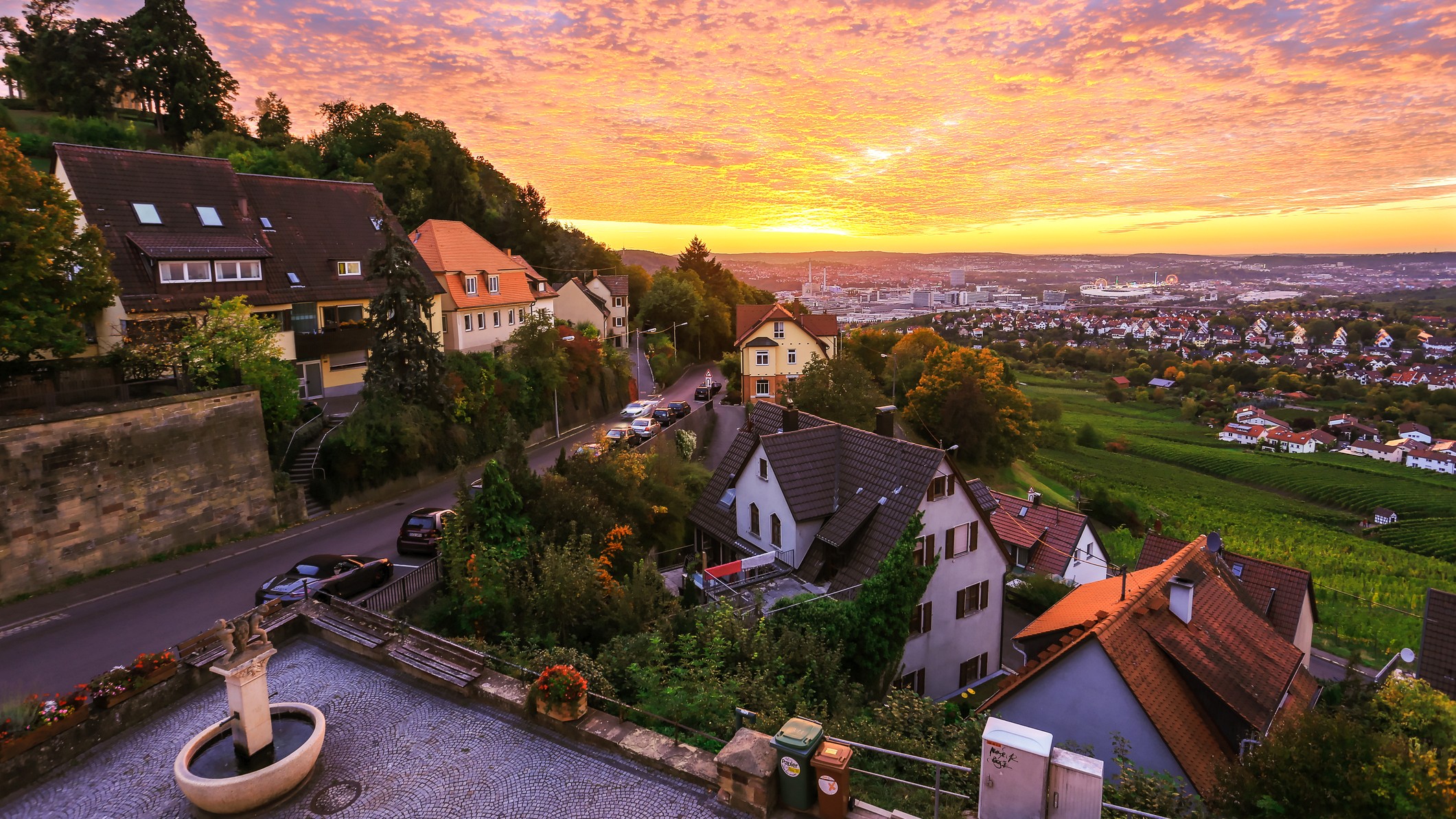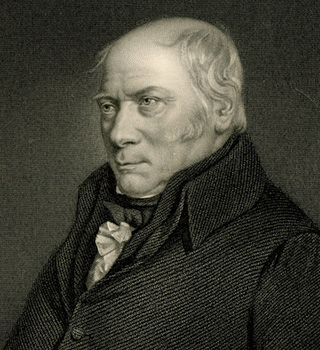Oklahoma City, commonly referred to as OKC, stands as the capital of Oklahoma and is one of the most vibrant and historically rich cities in the United States. Founded during the iconic Land Run of 1889, Oklahoma City began as a bustling frontier settlement, rapidly evolving into a dynamic urban center. Over the decades, OKC’s history has been marked by significant milestones, from the discovery of oil in the early 20th century, which fueled its economic growth, to its resilience in the face of tragedy with the 1995 Oklahoma City bombing. Today, Oklahoma City is a thriving metropolis known for its diverse economy, cultural landmarks, and a deep-rooted sense of community. The city’s journey from a sparsely populated region to a modern urban hub is a testament to its enduring spirit and adaptability.
Understanding the history of Oklahoma City, or OKC-history, is crucial for both residents and visitors. For residents, it fosters a sense of pride and identity, connecting them to the city’s past and giving them a deeper appreciation for its growth and achievements. For visitors, learning about OKC-history provides context to the city’s unique character, enhancing their experience as they explore its landmarks and cultural sites. Oklahoma City’s history is not just a record of events; it is a narrative of resilience, innovation, and community, offering valuable lessons and insights into the forces that have shaped this remarkable city.

Pre-Settlement Era
Indigenous Peoples
Long before the establishment of Oklahoma City, the region was home to various Native American tribes, particularly those belonging to the Plains Indians. The area now known as Oklahoma was a crossroads for numerous indigenous groups, including the Apache, Comanche, Kiowa, and Osage tribes. These tribes lived off the land, practicing a nomadic lifestyle that was deeply connected to the Great Plains’ rich natural resources. The Plains Indians were skilled hunters, relying heavily on the vast herds of bison that roamed the area. Their social structures, spiritual beliefs, and cultural practices were intricately tied to the land, which they revered as sacred. The indigenous presence in the region laid a rich cultural foundation long before European settlers arrived, influencing the area’s history and leaving a lasting legacy that is still recognized today.
Early Exploration
The pre-settlement era of Oklahoma City was also marked by the arrival of European explorers, who ventured into the region during the 16th and 17th centuries. Among the earliest recorded explorers were Spanish expeditions, such as that of Francisco Vázquez de Coronado in 1541, who journeyed through the Great Plains in search of the fabled Seven Cities of Gold. These explorations, while driven by the quest for wealth and expansion, led to the first documented encounters between Europeans and the indigenous tribes of the area. Later, in the 18th century, French explorers also ventured into the region, establishing trade relationships with the native tribes and further mapping the area. These early explorations paved the way for subsequent waves of settlers and set the stage for the dramatic changes that would later shape the history of Oklahoma City.
The Land Run of 1889

Background
The Land Run of 1889 is one of the most pivotal events in Oklahoma City’s history, marking the beginning of its transition from an uninhabited territory to a thriving urban center. Before the Land Run, the area now known as Oklahoma City was part of the “Unassigned Lands,” a region in central Oklahoma that was not allocated to any Native American tribe following the Indian Removal Act. This land was considered highly desirable due to its fertile soil and favorable location, sparking interest among settlers eager for new opportunities.
Leading up to the Land Run, several key events set the stage for this massive influx of settlers:
- Indian Appropriations Act of 1889: This act, passed by the U.S. Congress, officially opened the Unassigned Lands to non-Native American settlement.
- Pressure from Homesteaders: As more and more homesteaders lobbied the government to open the land for settlement, tensions grew, ultimately resulting in the decision to hold a land run.
- Military Presence: To maintain order during the chaotic period of settlement, the U.S. military was deployed to oversee the event, ensuring that settlers adhered to the established rules.
Key Facts Leading Up to the Land Run
| Event | Date | Description |
|---|---|---|
| Indian Appropriations Act | March 2, 1889 | Authorized the opening of the Unassigned Lands for settlement. |
| Official Proclamation | March 23, 1889 | President Benjamin Harrison announced the Land Run to take place on April 22, 1889. |
| Preparations by Settlers | Early April 1889 | Thousands of settlers, known as “Boomers,” gathered at the borders, ready to stake their claims. |
The Land Run Event
On April 22, 1889, at precisely 12:00 PM, the starting gun was fired, signaling the beginning of the Land Run of 1889. This event saw over 50,000 eager settlers race across the Unassigned Lands to claim parcels of land. The scene was one of controlled chaos, with people on horseback, wagons, and on foot, all striving to stake their claim on a piece of land.
Details of the Land Run
- Participants: Approximately 50,000 settlers, known as “Boomers,” participated in the Land Run.
- Land Claims: Settlers could claim up to 160 acres of land, provided they improved the land and lived on it for at least five years (as per the Homestead Act).
- Challenges: The land run was fraught with challenges, including disputes over land claims, physical exhaustion, and the dangers of the rush.
Key Highlights of the Land Run
| Highlight | Description |
|---|---|
| Starting Point | The Land Run began at noon, with starting points set along the borders of the Unassigned Lands. |
| Method of Claim | Settlers would race to their desired land, stake their claim by planting a flag, and then register the claim at the nearest land office. |
| Boomers and Sooners | “Boomers” referred to those who legally participated in the Land Run, while “Sooners” were those who illegally entered the land before the official start time. |
Immediate Aftermath
Following the Land Run, Oklahoma City was rapidly transformed from open prairie to a burgeoning town. Within hours, tents and makeshift structures dotted the landscape, and a community began to take shape. The speed of development was astonishing, as businesses were established, streets were laid out, and local governance was initiated.
Post-Run Developments
- Population Growth: Oklahoma City’s population swelled almost overnight, with thousands of settlers establishing homes and businesses.
- Town Planning: The city’s streets and lots were quickly organized, with the area around present-day downtown being the focal point of early development.
- Establishment of Services: Essential services, including general stores, schools, and law enforcement, were set up within weeks, laying the groundwork for the city’s infrastructure.
Immediate Growth Indicators
| Indicator | Statistic (Post-Land Run) | Description |
|---|---|---|
| Population | Approximately 10,000 (by end of 1889) | Rapid influx of settlers led to a quick population boom. |
| Number of Businesses | Over 200 businesses established | Various trades and services quickly emerged to cater to the growing population. |
| Civic Infrastructure | Streets, schools, and basic government | The community organized itself rapidly, focusing on essential civic needs. |
The Land Run of 1889 was a defining moment in Oklahoma City’s history, setting the foundation for its growth and development into the thriving city it is today.
Early Development (1890s–1930s)
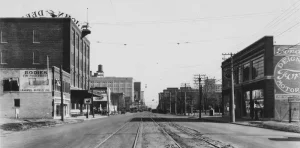
Incorporation and Early Growth
Oklahoma City was officially incorporated on July 15, 1890, just over a year after the Land Run of 1889. The rapid influx of settlers during the Land Run had transformed the once empty prairie into a bustling town, necessitating formal governance and organization. The city’s early growth was marked by a spirit of optimism and entrepreneurial energy. Within a few short years, Oklahoma City established its first municipal government, complete with elected officials and a basic civic infrastructure. The city’s layout was quickly organized, with a grid pattern of streets that still forms the backbone of downtown Oklahoma City today.
Key Facts on Incorporation and Early Growth
| Event | Date | Description |
|---|---|---|
| Incorporation of Oklahoma City | July 15, 1890 | Official recognition of Oklahoma City as a municipality. |
| Early Government Formation | Late 1890 | Establishment of the city’s first municipal government. |
| Initial Infrastructure Development | Early 1890s | Construction of streets, public buildings, and basic utilities. |
Economic Growth
The early economic development of Oklahoma City was driven by a combination of industries that capitalized on the region’s natural resources and strategic location. Three major sectors—cattle, oil, and railroads—played pivotal roles in the city’s growth during this period.
- Cattle Industry: Oklahoma City quickly became a hub for the cattle trade, benefiting from its location along key cattle trails. Stockyards were established, and the city emerged as a major center for the livestock market.
- Oil Boom: The discovery of oil in the early 20th century brought unprecedented wealth and growth to Oklahoma City. The first major oil discovery near the city occurred in 1928, and by the 1930s, Oklahoma City was at the heart of one of the most prolific oil-producing regions in the country. The oil industry attracted investors, workers, and entrepreneurs, leading to rapid urbanization and the construction of numerous buildings and infrastructure projects.
- Railroads: The expansion of railroads was crucial to Oklahoma City’s early development. The city became a key transportation hub, connecting the region’s agricultural and industrial outputs to markets across the country. Railroads facilitated the movement of goods and people, further fueling the city’s growth.
Economic Growth Indicators (1890s–1930s)
| Industry | Key Developments |
|---|---|
| Cattle | Establishment of stockyards and emergence as a major cattle trade center. |
| Oil | Discovery of oil in 1928 and subsequent boom, positioning Oklahoma City as a leading oil producer. |
| Railroads | Expansion of rail lines connecting Oklahoma City to national markets. |
Statehood and Capital Designation
Oklahoma achieved statehood on November 16, 1907, transitioning from Indian Territory to the 46th state of the United States. The new state’s capital was initially located in Guthrie, but a vote in 1910 led to the relocation of the capital to Oklahoma City. This decision was a significant milestone in the city’s development, affirming its status as the political and administrative center of Oklahoma.
The move of the state capital to Oklahoma City brought with it a wave of investment and development, including the construction of the Oklahoma State Capitol building, which began in 1914 and was completed in 1917. This period also saw the establishment of various state institutions, further solidifying Oklahoma City’s role as the heart of the state’s political and economic life.
Key Milestones in Statehood and Capital Designation
| Event | Date | Description |
|---|---|---|
| Oklahoma Statehood | November 16, 1907 | Oklahoma becomes the 46th state of the United States. |
| Capital Relocation Vote | June 11, 1910 | Oklahoma City selected as the state capital, replacing Guthrie. |
| Construction of State Capitol | 1914–1917 | Building of the Oklahoma State Capitol in Oklahoma City. |
The early development of Oklahoma City, marked by its incorporation, economic growth, and designation as the state capital, set the stage for its emergence as a major metropolitan area. The city’s growth during the 1890s to 1930s laid the foundation for its future prosperity and development, shaping its identity as the thriving heart of Oklahoma.
The Oil Boom and Economic Expansion (1930s–1960s)
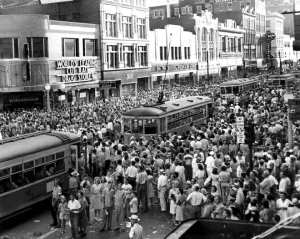
Oil Discovery
The discovery of oil in Oklahoma City during the late 1920s and early 1930s was a transformative event that reshaped the city’s economic landscape and fueled rapid population growth. The first significant oil strike occurred on December 4, 1928, with the discovery of the Oklahoma City Oil Field, one of the largest and most productive oil fields in the world at the time. This discovery triggered a massive oil boom, attracting a flood of workers, investors, and entrepreneurs to the city.
Impact of the Oil Boom
- Economic Growth: The oil industry became the cornerstone of Oklahoma City’s economy, driving unprecedented economic growth. The wealth generated from oil production led to the establishment of numerous oil companies, refineries, and related industries within the city.
- Population Surge: As word of the oil boom spread, Oklahoma City’s population surged, growing from around 185,000 in 1930 to nearly 250,000 by the end of the decade. The influx of people created a housing boom, with new neighborhoods springing up to accommodate the growing workforce.
- Infrastructure Development: The city’s infrastructure expanded rapidly to keep pace with the economic and population growth. New roads, bridges, and utilities were built to support the booming economy and the demands of the growing population.
Key Facts on the Oil Boom
| Event | Date | Description |
|---|---|---|
| Discovery of Oklahoma City Oil Field | December 4, 1928 | Triggered the oil boom, leading to rapid economic and population growth. |
| Peak Production | 1930s | Oklahoma City became one of the largest oil-producing regions in the world. |
| Economic Impact | 1930s–1940s | Oil wealth funded the growth of local businesses, public works, and infrastructure. |
World War II and Post-War Growth
World War II brought further economic expansion to Oklahoma City, as the city played a crucial role in the war effort. Oklahoma City’s location, infrastructure, and industrial base made it a key site for military production and training. The city hosted several military installations, including Tinker Air Force Base, which became one of the largest employers in the region.
Oklahoma City’s Role During World War II
- Military Production: Oklahoma City’s factories and industries shifted to war production, manufacturing everything from aircraft parts to military vehicles. This industrial activity provided jobs and boosted the local economy.
- Military Training: The city became a hub for military training, with thousands of soldiers passing through its bases. The presence of military personnel contributed to the local economy and spurred the development of services and housing.
The post-war years saw continued economic growth as Oklahoma City transitioned from a wartime economy to a peacetime one. The demand for consumer goods, housing, and automobiles surged, leading to a boom in manufacturing, retail, and construction. The GI Bill and other government programs facilitated home ownership and higher education for returning veterans, further driving the city’s growth.
Post-War Economic Expansion
- Industrial Growth: The city’s industrial base continued to expand, with new factories and businesses opening to meet the demands of the post-war economy.
- Population Growth: The city’s population continued to grow, reaching over 320,000 by 1960. This growth fueled the expansion of suburban neighborhoods and the development of new commercial districts.
- Increased Prosperity: The economic boom of the post-war years brought increased prosperity to Oklahoma City, leading to rising incomes and an improved standard of living for many residents.
Urban Development
The economic expansion of the 1930s through the 1960s was accompanied by significant urban development in Oklahoma City. The city underwent major infrastructure improvements, including the construction of highways, the growth of suburban areas, and the modernization of its downtown core.
Key Infrastructure Developments
- Highway Construction: The development of the interstate highway system in the 1950s and 1960s had a profound impact on Oklahoma City. The construction of I-40, I-44, and I-35 facilitated easier transportation and commerce, connecting Oklahoma City to the broader region and boosting its role as a transportation hub.
- Suburban Growth: The post-war economic boom and the rise of the automobile culture led to the rapid expansion of suburbs around Oklahoma City. New residential neighborhoods were developed on the outskirts of the city, providing affordable housing options for the growing middle class.
- Downtown Modernization: During this period, efforts were made to modernize and revitalize downtown Oklahoma City. New office buildings, retail spaces, and public facilities were constructed, reflecting the city’s growing economic importance.
Urban Development Highlights
| Development | Description |
|---|---|
| Highway Construction | Development of key highways (I-40, I-44, I-35) that connected Oklahoma City to the broader region. |
| Suburban Expansion | Growth of suburban neighborhoods, driven by the post-war housing boom and automobile ownership. |
| Downtown Modernization | Revitalization of downtown Oklahoma City, with new office buildings, retail spaces, and public facilities. |
The oil boom, World War II, and the post-war years were transformative periods for Oklahoma City, driving economic growth and urban development that reshaped the city. The wealth generated from oil, combined with the industrial and military activities of the war, laid the foundation for the city’s expansion and modernization, positioning Oklahoma City as a major metropolitan area in the American heartland.
Civil Rights Movement and Social Changes (1960s–1980s)
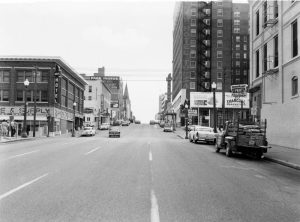
Civil Rights Era
The 1960s marked a transformative period in Oklahoma City, as it, like many other American cities, became a battleground for the Civil Rights Movement. The fight for equality and justice was deeply felt in Oklahoma City, where African Americans and other marginalized groups actively sought to dismantle the segregationist practices that had long been entrenched in the city’s social and economic fabric.
One of the most significant events during this era was the 1958 Katz Drug Store sit-in, which preceded the more widely known sit-ins of the 1960s. Led by Clara Luper, a local teacher and civil rights activist, this sit-in was one of the earliest and most impactful nonviolent protests against racial segregation in Oklahoma City. Luper, along with a group of young students from the NAACP Youth Council, peacefully protested against the segregation of lunch counters, sparking a movement that would spread across the city and beyond.
Key Figures and Events in Oklahoma City’s Civil Rights Movement
| Figure/Event | Description |
|---|---|
| Clara Luper | A prominent civil rights leader, Luper organized the 1958 Katz Drug Store sit-in, leading to desegregation efforts in the city. |
| Katz Drug Store Sit-In | A pivotal event in 1958 where Clara Luper and students staged a sit-in to protest segregated lunch counters. |
| Civil Rights Act of 1964 | National legislation that had a profound impact on dismantling segregationist policies in Oklahoma City. |
The efforts of activists like Clara Luper and the broader community led to significant changes in Oklahoma City, including the gradual desegregation of public spaces and institutions. However, the struggle was not without resistance, as the push for civil rights met with opposition from segregationists and those unwilling to embrace change. Despite these challenges, the Civil Rights Movement in Oklahoma City played a crucial role in shaping the city’s social landscape, contributing to a more equitable society.
Economic Challenges
The 1960s through the 1980s were also marked by significant economic challenges for Oklahoma City. The city, which had thrived during the oil boom of the early 20th century, began to experience economic downturns due to fluctuating oil prices, industrial shifts, and broader national economic trends.
Economic Downturns and Their Impact
- Oil Price Volatility: Oklahoma City’s economy, heavily reliant on the oil industry, was deeply affected by the volatility of oil prices during the 1970s and 1980s. The oil embargo of 1973 and subsequent price collapses in the 1980s led to a decline in oil revenues, job losses, and economic uncertainty.
- Industrial Decline: Beyond oil, other industries in Oklahoma City faced challenges as well. The manufacturing sector, which had been a significant source of employment, began to decline, leading to further economic strain.
- Urban Decay: As the economic situation worsened, parts of Oklahoma City began to experience urban decay, with rising unemployment, poverty, and crime rates. This period also saw a decline in population as people moved away in search of better opportunities.
Economic Challenges Faced by Oklahoma City (1960s–1980s)
| Challenge | Description |
|---|---|
| Oil Price Volatility | Economic instability caused by fluctuating oil prices, leading to job losses and reduced revenues. |
| Industrial Decline | Reduction in manufacturing jobs and overall industrial activity in the city. |
| Urban Decay | Increased urban decay, with rising unemployment, poverty, and crime in certain areas of the city. |
Despite these challenges, the city began to lay the groundwork for recovery and revitalization in the late 1980s, with leaders and community members seeking ways to diversify the economy and invest in urban renewal. The lessons learned during this difficult period would eventually guide Oklahoma City towards a more resilient and prosperous future.
The Civil Rights Movement and the economic challenges of the 1960s to 1980s were crucial in shaping Oklahoma City’s modern identity. The struggle for social justice brought about significant changes in the city’s social structure, while the economic hardships highlighted the need for diversification and long-term planning. Together, these experiences helped forge a stronger, more inclusive, and adaptive Oklahoma City.
The Oklahoma City Bombing (1995)
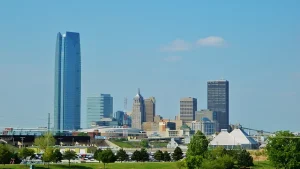
Event Overview
On the morning of April 19, 1995, Oklahoma City was the site of the deadliest act of domestic terrorism in United States history up to that point. At 9:02 AM, a massive truck bomb exploded outside the Alfred P. Murrah Federal Building, a nine-story structure that housed numerous federal agencies, including the Social Security Administration, the Drug Enforcement Administration (DEA), and the Bureau of Alcohol, Tobacco, and Firearms (ATF). The bomb, contained in a rental truck parked in front of the building, was composed of approximately 4,800 pounds of ammonium nitrate fertilizer mixed with fuel oil.
The explosion was catastrophic, causing the complete collapse of the building’s northern façade. The blast killed 168 people, including 19 children, and injured more than 600 others. The sheer force of the explosion was felt for miles around, shattering windows in nearby buildings and causing extensive damage throughout the downtown area.
Key Facts About the Oklahoma City Bombing
| Aspect | Details |
|---|---|
| Date of Bombing | April 19, 1995 |
| Location | Alfred P. Murrah Federal Building, Oklahoma City, Oklahoma |
| Casualties | 168 people killed, including 19 children; over 600 people injured |
| Cause of Explosion | Truck bomb composed of ammonium nitrate fertilizer and fuel oil |
| Perpetrators | Timothy McVeigh and Terry Nichols |
Impact and Response
The Oklahoma City bombing had a profound and far-reaching impact on the city and the nation as a whole. The immediate aftermath of the bombing was marked by an outpouring of grief, shock, and horror. Rescue efforts began immediately, with first responders and volunteers working tirelessly to search for survivors and recover the bodies of those who had perished.
Immediate Impact
- Loss and Grief: The bombing resulted in the tragic loss of 168 lives, leaving behind grieving families and a devastated community. The scale of the tragedy had a profound emotional impact on Oklahoma City residents and people across the country.
- National Attention: The bombing quickly became a national news story, drawing attention from all over the world. President Bill Clinton declared a national day of mourning and visited the site to offer his condolences.
Long-Term Impact and Response
- Rebuilding Efforts: In the wake of the bombing, Oklahoma City embarked on a long and difficult process of recovery and rebuilding. The Alfred P. Murrah Federal Building was eventually demolished, and efforts were made to revitalize the downtown area while preserving the memory of those lost.
- Oklahoma City National Memorial: One of the most significant responses to the bombing was the establishment of the Oklahoma City National Memorial. Dedicated on April 19, 2000, the memorial honors the victims, survivors, rescuers, and all who were affected by the tragedy. The memorial includes the Field of Empty Chairs, representing each life lost, and the Reflecting Pool, which symbolizes peace and serenity. Adjacent to the memorial is the Oklahoma City National Memorial Museum, which tells the story of the bombing and its aftermath.
- Community Resilience: The bombing galvanized the Oklahoma City community, leading to a renewed sense of unity and resilience. The tragedy also prompted widespread acts of kindness and solidarity, both locally and nationally, as people came together to support those affected.
- Legislative and Security Changes: The bombing also led to significant changes in national security and anti-terrorism policies. The Anti-Terrorism and Effective Death Penalty Act of 1996 was passed in response to the bombing, and security measures were increased at federal buildings across the country.
Key Responses to the Bombing
| Response | Details |
|---|---|
| Rebuilding Efforts | Demolition of the Murrah Building; revitalization of downtown Oklahoma City |
| Oklahoma City National Memorial | Dedicated on April 19, 2000; includes the Field of Empty Chairs and the Reflecting Pool |
| Legislative Changes | Passage of the Anti-Terrorism and Effective Death Penalty Act of 1996 |
| Community Resilience | Acts of unity, support, and kindness in the aftermath of the tragedy |
The Oklahoma City bombing left an indelible mark on the city and the nation. While the event was a tragic and horrifying moment in history, it also revealed the strength and resilience of the Oklahoma City community. The city’s response to the bombing, characterized by compassion, determination, and a commitment to remembrance, continues to serve as a powerful example of how communities can come together in the face of unimaginable tragedy.
Modern Oklahoma City (2000s–Present)
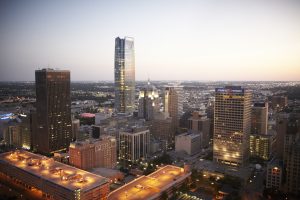
Economic Revitalization
In the early 2000s, Oklahoma City embarked on a series of ambitious economic revitalization projects aimed at transforming the city into a vibrant, modern metropolitan area. One of the most significant initiatives driving this transformation has been the MAPS (Metropolitan Area Projects) program. First launched in 1993 and continuing into the 2000s, MAPS has been a series of public improvement projects funded by a temporary sales tax, aimed at enhancing the city’s infrastructure, public spaces, and quality of life.
Key Components of the MAPS Initiatives
- MAPS 1 (1993): The original MAPS program focused on revitalizing downtown Oklahoma City and included projects such as the construction of the Chesapeake Energy Arena, the development of the Bricktown Canal, and the renovation of the Civic Center Music Hall. These projects helped lay the groundwork for the city’s economic resurgence by attracting new businesses, tourists, and residents to the downtown area.
- MAPS for Kids (2001): This initiative targeted the city’s public school system, funding the renovation and construction of school facilities across the Oklahoma City Public Schools district. The investment in education was seen as crucial for the city’s long-term economic development and improving the quality of life for its residents.
- MAPS 3 (2009): A continuation of the MAPS program, MAPS 3 included a series of projects aimed at further enhancing the city’s infrastructure and public amenities. Major projects included the construction of the Scissortail Park, a new convention center, a modern streetcar system, and improvements to the Oklahoma River. These developments have significantly contributed to the city’s appeal as a destination for business, leisure, and tourism.
Impact of the MAPS Initiatives
| MAPS Initiative | Key Projects | Impact |
|---|---|---|
| MAPS 1 | Chesapeake Energy Arena, Bricktown Canal | Revitalized downtown, attracted new businesses, and increased tourism. |
| MAPS for Kids | School renovations, new school facilities | Improved educational infrastructure, benefiting the community and local economy. |
| MAPS 3 | Scissortail Park, convention center, streetcar system | Enhanced public spaces, increased connectivity, and positioned Oklahoma City as a modern urban center. |
Cultural and Social Evolution
As Oklahoma City has undergone economic revitalization, the city has also experienced significant cultural and social evolution. The growth of cultural institutions, the establishment of major sports teams, and an increasingly diverse population have all contributed to the city’s vibrant cultural scene.
- Cultural Institutions: Oklahoma City has invested in its cultural institutions, such as the Oklahoma City Museum of Art, the National Cowboy & Western Heritage Museum, and the Oklahoma Contemporary Arts Center. These institutions have become key attractions, hosting exhibitions, events, and educational programs that draw visitors from across the region and beyond.
- Oklahoma City Thunder: The arrival of the NBA team, the Oklahoma City Thunder, in 2008 marked a major milestone in the city’s cultural evolution. The Thunder quickly became a source of pride for the city, bringing national attention to Oklahoma City and fostering a strong sense of community among residents. The team’s success on the court, including multiple playoff appearances, has solidified its place as a central part of the city’s identity.
- Social Diversity: Over the past two decades, Oklahoma City has become increasingly diverse, with growing communities of immigrants and people from various cultural backgrounds. This diversity has enriched the city’s cultural landscape, contributing to a dynamic mix of festivals, restaurants, and businesses that reflect the city’s evolving identity. The city’s embrace of diversity has also been evident in the expansion of initiatives and organizations dedicated to promoting inclusivity and cultural exchange.
Cultural and Social Milestones
| Milestone | Description |
|---|---|
| Growth of Cultural Institutions | Expansion of museums, art centers, and cultural venues, enhancing Oklahoma City’s cultural offerings. |
| Oklahoma City Thunder | Established in 2008, bringing national recognition and fostering community pride. |
| Increasing Social Diversity | Growing immigrant populations and cultural diversity, contributing to a rich and dynamic community life. |
Current Status
Today, Oklahoma City stands as a thriving metropolitan area, recognized as a regional economic and cultural hub. The city’s efforts in revitalization, combined with its rich cultural scene and welcoming social environment, have positioned it as an attractive destination for both residents and visitors.
- Economic Strength: Oklahoma City’s economy has diversified beyond its historical reliance on oil, with growth in sectors such as healthcare, technology, aerospace, and energy. The city’s unemployment rate remains low, and its business-friendly environment continues to attract new companies and investment.
- Population Growth: Oklahoma City’s population has steadily increased, with the city now home to over 650,000 residents. This growth has been fueled by a combination of economic opportunities, affordable living costs, and the city’s appeal as a place to live, work, and raise a family.
- Cultural Hub: As a regional cultural hub, Oklahoma City hosts numerous events, festivals, and concerts that draw visitors from across the state and beyond. The city’s sports teams, including the Oklahoma City Thunder, continue to be a major draw, contributing to the city’s lively atmosphere.
- Urban Living: The city’s urban core has experienced a renaissance, with new residential developments, restaurants, and entertainment venues creating a vibrant urban lifestyle. The development of Scissortail Park and the streetcar system has further enhanced the livability of downtown, making it a desirable area for young professionals and families alike.
Current Status Overview
| Aspect | Description |
|---|---|
| Economic Strength | Diversified economy with growth in healthcare, technology, aerospace, and energy sectors. |
| Population Growth | Steady population increase, with over 650,000 residents. |
| Cultural Hub | A thriving cultural scene with events, sports, and festivals that attract regional visitors. |
| Urban Living | Revitalized downtown with new residential, commercial, and recreational developments. |
In conclusion, modern Oklahoma City is a testament to the city’s resilience, vision, and commitment to progress. From economic revitalization to cultural evolution, Oklahoma City has successfully transformed itself into a dynamic and thriving metropolitan area that continues to grow and evolve in the 21st century.
